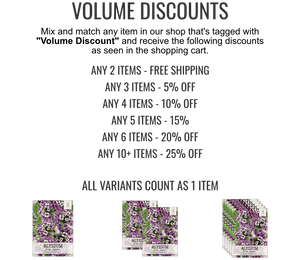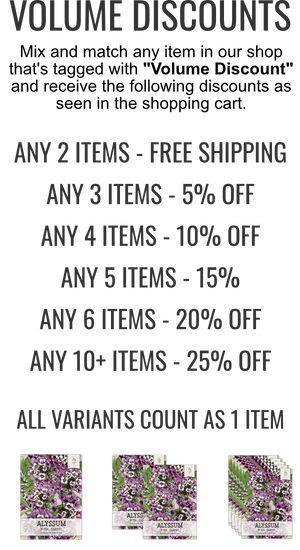Description
Salvia farinacea is commonly known as blue sage, sapphire sage, mealy blue sage, mealy sage and mealycup sage. These herbaceous plants are native to Texas, Mexico and the New Mexico plains. Catageorized as a tender perennial, it is winter-hardy in USDA Zones 8-10, and it can be grown as an annual in colder climates of USDA Zones 3-7.
The plants grow in an upright, bushy habit, reaching a mature height of 12 to 24 inches tall and a width of 1 foot wide. Blue sage bears beautiful blue to dark purple, tube-shaped flowers. Each bloom displays two lips, on 3-inch to 9-inch bloom spikes. The flowers have five lobes, two stamens and one pistil; the individual blooms are about 3/4-inch long. The "mealy" name comes from the white hairs on the white or purple sepals; "farinacea" translates as "flour" or "meal." Long, narrow leaves in gray-green surround the flower spikes in clusters; some leaf edges are toothed, while others may not be.
Blue Sage is a showy bloomer, producing beautiful displays from late May through frost. It is well known in attracting dozens of beneficial insects, such as butterflies, bumblebees, honeybees and hummingbirds to the garden. They are suited to use in beds and borders, along fences & walkways and even in containers as well. Blue Sage is also popularly used in cottage gardens, formal gardens and cutting gardens. They can form the foundation of an annuals planting bed and add a pop of dark color to cut-flower arrangements.
Because Blue Sage is a low-maintenance plant that grows quickly, they also make for easy-care, visually appealing ground covers, and they add a showy display of color to rock gardens or wildflower meadows. The pleasant fragrance of their shiny leaves will add even more delight to your garden.















